Is it a joke to refer to the house at 233-235 Spadina as an architectural gem?
Not really ! The home did not always look like this ! In the 19th century and early decades of the 20th, it was one of the finest homes on Spadina Avenue, in the days when the street was mainly residential. The pictures below show a few more examples of such homes. The photos are from the Toronto Archives.
House on NW corner of Dundas and Spadina (1921) A mansion on Spadina Avenue
Home on east side of Spadina near Dundas Street in 1908 or 1909
The above picture, taken in 1984, is the home at 233-234 Dundas Street. The house is south of Dundas Street, on the the east side of Spadina Avenue. In this photo, the house had already deteriorated. The large window on the ground floor has been altered and the porch is in poor condition. Notice that on the right-hand (south) side of the house there are verandas that would have been wonderful for sitting out on hot summer nights to catch the breezes from the harbour, less than a mile to the south.
In this partial view of the house, the second-storey balcony retains its railing and the first floor windows remain unaltered.
The home was built in the 1880s for Mr. Huson Murray. In 1910, it housed a funeral home. Since 1921 it has been occupied by offices and several apartments. In 1950, the Starr family purchased the building. During the 1950s, the superintendent of the building, whose name was Mike, was well-known in the Spadina community and was often seen sitting on the porch observing the scene. The house served at one time as a gathering place for artists. Today, it contains several businesses. It is one of only two houses that remain on the street from the 1800s.
The house as it appears today, with its 19th century dormer window on the roof.
The remnants of the porch. The corner of the porch with a row of dentils showing.
To view the Home Page for this blog: https://tayloronhistory.com/
To view previous posts about movie houses of Toronto—old and new
https://tayloronhistory.com/2013/10/09/links-to-toronto-old-movie-housestayloronhistory-com/
To view links to other posts placed on this blog about the history of Toronto and its heritage buildings:
https://tayloronhistory.com/2013/10/08/links-to-historic-architecture-of-torontotayloronhistory-com/
Recent publication entitled “Toronto’s Theatres and the Golden Age of the Silver Screen,” by the author of this blog. The publication explores 50 of Toronto’s old theatres and contains over 80 archival photographs of the facades, marquees and interiors of the theatres. It also relates anecdotes and stories from those who experienced these grand old movie houses.
To place an order for this book:
Theatres Included in the Book
Chapter One – The Early Years—Nickelodeons and the First Theatres in Toronto
Theatorium (Red Mill) Theatre—Toronto’s First Movie Experience and First Permanent Movie Theatre, Auditorium (Avenue, PIckford), Colonial Theatre (the Bay), thePhotodome, Revue Theatre, Picture Palace (Royal George), Big Nickel (National, Rio), Madison Theatre (Midtown, Capri, Eden, Bloor Cinema, Bloor Street Hot Docs), Theatre Without a Name (Pastime, Prince Edward, Fox)
Chapter Two – The Great Movie Palaces – The End of the Nickelodeons
Loew’s Yonge Street (Elgin/Winter Garden), Shea’s Hippodrome, The Allen (Tivoli), Pantages (Imperial, Imperial Six, Ed Mirvish), Loew’s Uptown
Chapter Three – Smaller Theatres in the pre-1920s and 1920s
Oakwood, Broadway, Carlton on Parliament Street, Victory on Yonge Street (Embassy, Astor, Showcase, Federal, New Yorker, Panasonic), Allan’s Danforth (Century, Titania, Music Hall), Parkdale, Alhambra (Baronet, Eve), St. Clair, Standard (Strand, Victory, Golden Harvest), Palace, Bedford (Park), Hudson (Mount Pleasant), Belsize (Crest, Regent), Runnymede
Chapter Four – Theatres During the 1930s, the Great Depression
Grant ,Hollywood, Oriole (Cinema, International Cinema), Eglinton, Casino, Radio City, Paramount, Scarboro, Paradise (Eve’s Paradise), State (Bloordale), Colony, Bellevue (Lux, Elektra, Lido), Kingsway, Pylon (Royal, Golden Princess), Metro
Chapter Five – Theatres in the 1940s – The Second World War and the Post-War Years
University, Odeon Fairlawn, Vaughan, Odeon Danforth, Glendale, Odeon Hyland, Nortown, Willow, Downtown, Odeon Carlton, Donlands, Biltmore, Odeon Humber, Town Cinema
Chapter Six – The 1950s Theatres
Savoy (Coronet), Westwood
Chapter Seven – Cineplex and Multi-screen Complexes
Cineplex Eaton Centre, Cineplex Odeon Varsity, Scotiabank Cineplex, Dundas Square Cineplex, The Bell Lightbox (TIFF)
.
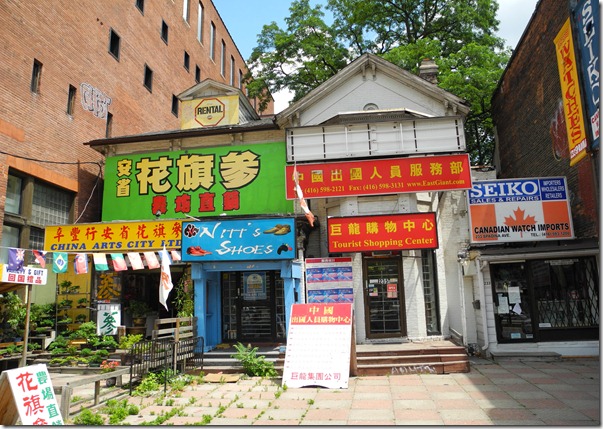
![f1244_it0295[1] f1244_it0295[1]](https://tayloronhistory.com/wp-content/uploads/2012/07/f1244_it02951_thumb.jpg)
![f1568_it0403[1] f1568_it0403[1]](https://tayloronhistory.com/wp-content/uploads/2012/07/f1568_it04031_thumb.jpg)
![f1244_it7111[1] f1244_it7111[1]](https://tayloronhistory.com/wp-content/uploads/2012/07/f1244_it71111_thumb.jpg)
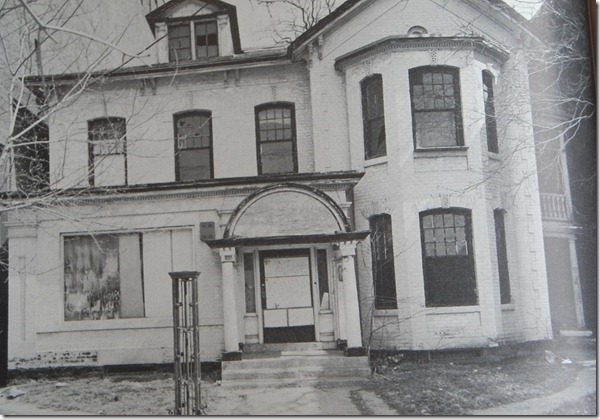
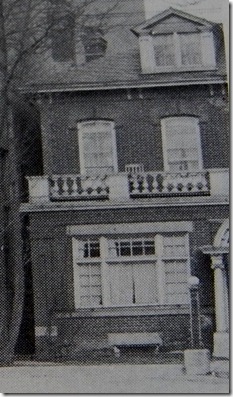
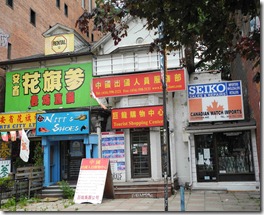
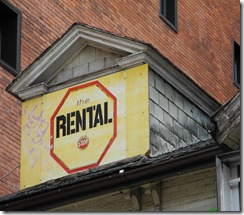
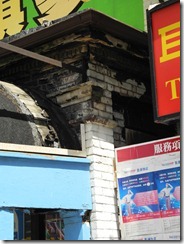
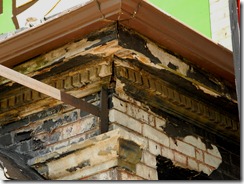
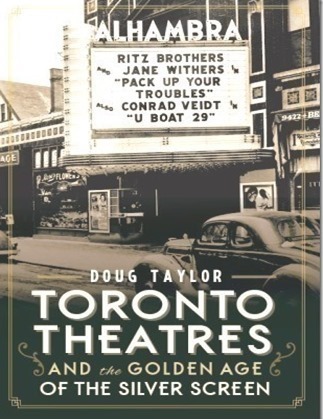


One of the rooms they lived in was the larger one on the right with the set of three windows (2nd Fl) and one bedrm at the back. Later, they rented out another room on the same floor. I remember my friend barbecuing on the upper good sized balcony (right side) one summer day. At the time, there were also a couple of artists living in the building. Her landlord was Mr. Star and they only moved when it was about to be sold in the early 80’s. We thought the building was to be torn down or renovated for condos or new apartments, but it didn’t happen. It is a bit of an eyesore currently.
Hi Anne,
Thanks for the information about the house on Spadina. It has added to the file that I have on the property.
Doug Taylor